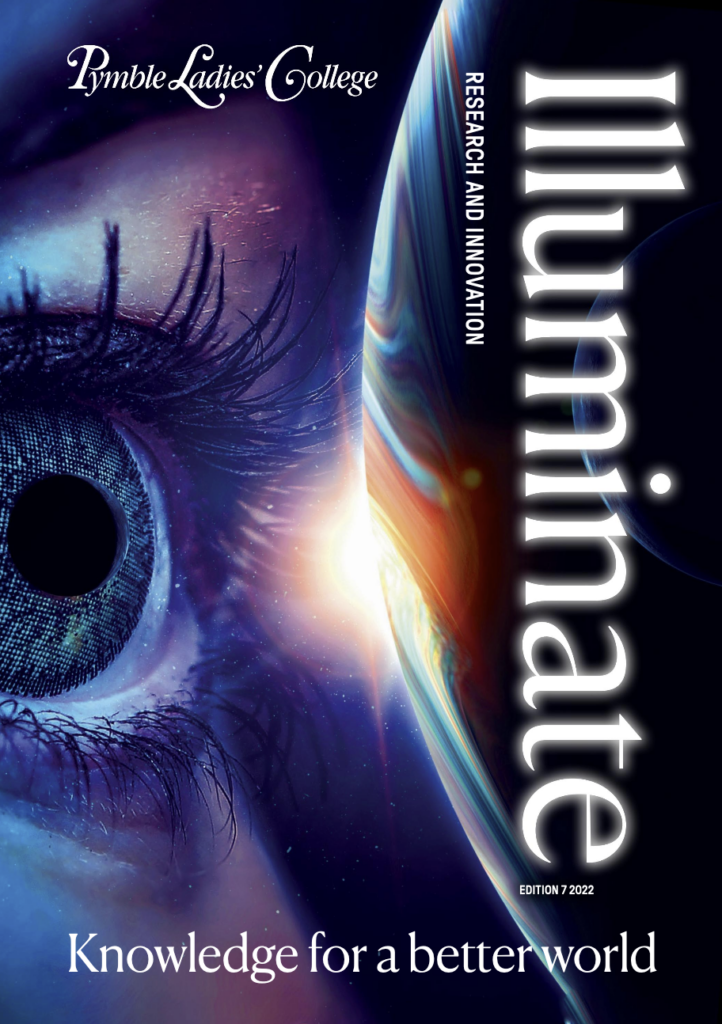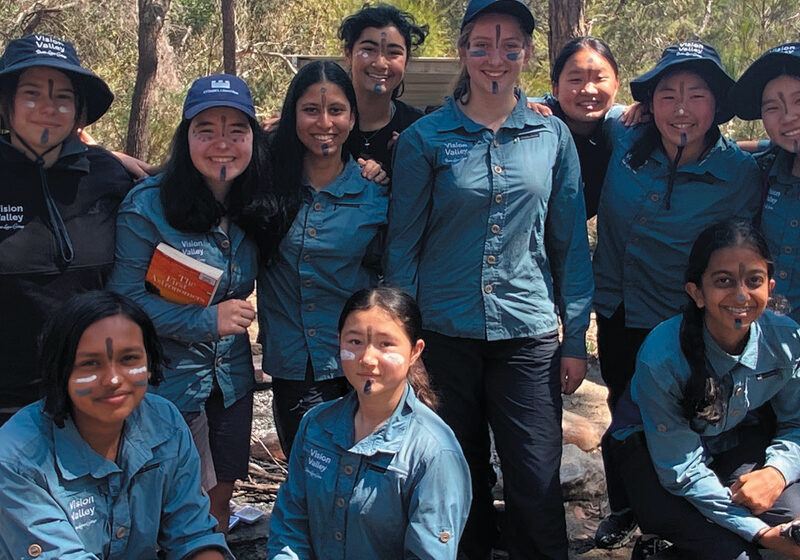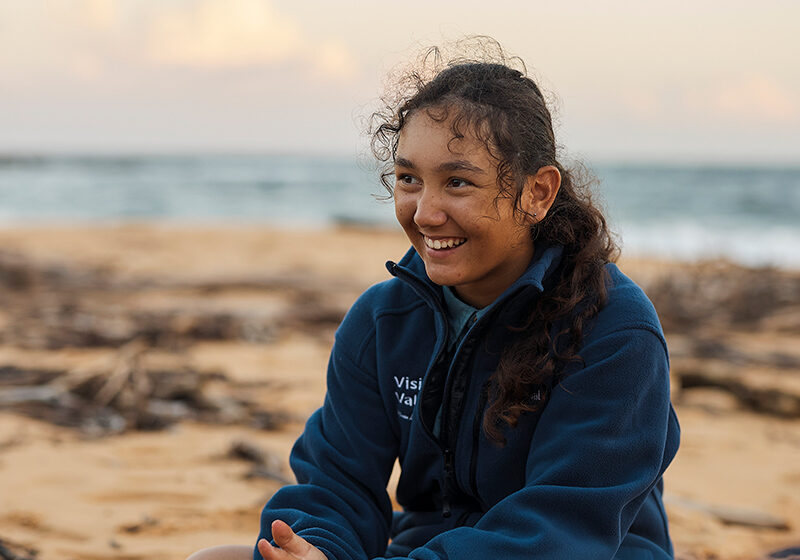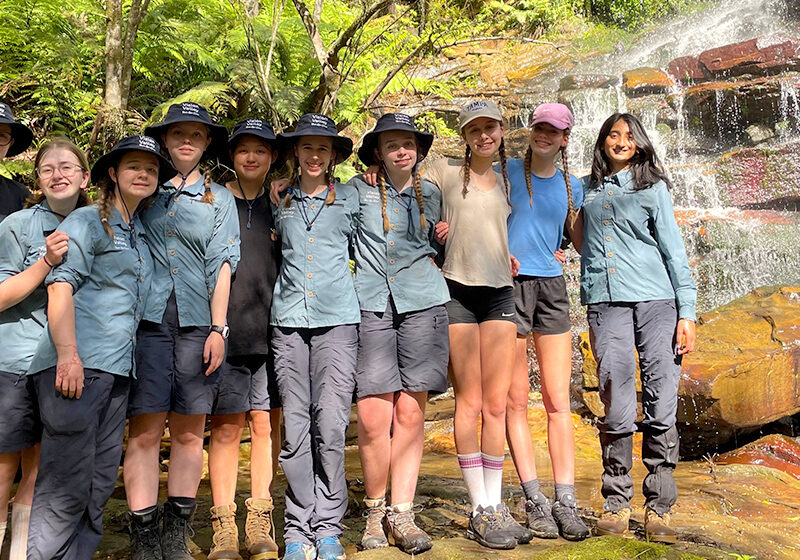First Nations representation in twentieth century local histories: From Gilgandra to Pymble
July 7, 2022 | Secondary School
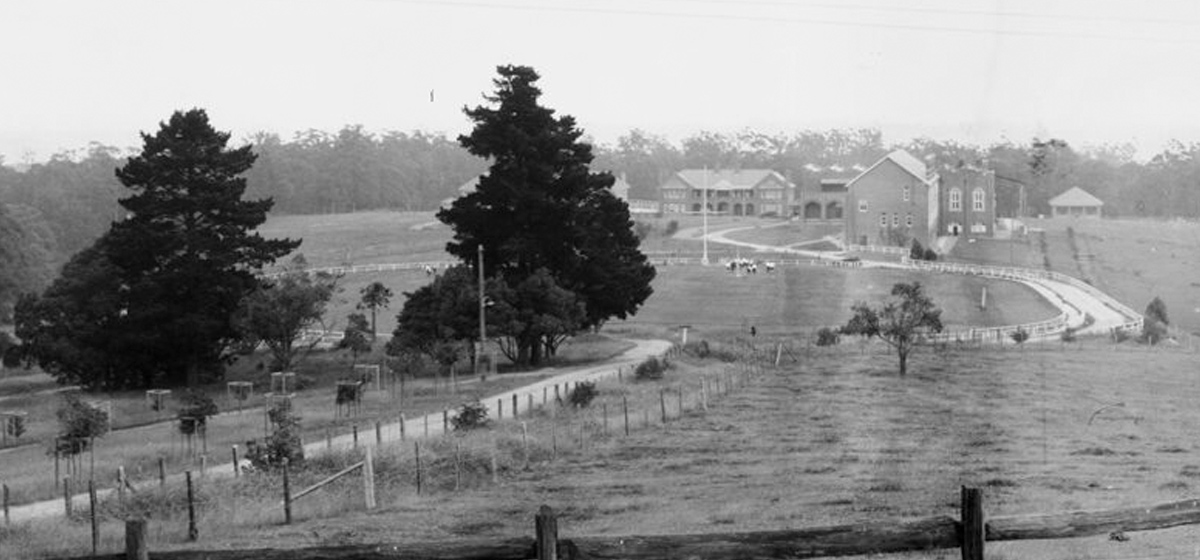
First Nations representation in regional local histories in New South Wales didn’t occur widely until the 1960s and it wasn’t until 1980 that the peoples of the Pymble region appeared in a local settler-colonist history of Hornsby.
This trend has been well documented by Australian historian Louise Prowse in her 2015 article Parallels on the Periphery: The Exploration of Aboriginal History by Local Historical Societies in New South Wales, 1960s-1970s.
In this research, Prowse examined the construction of local histories in the regional towns of Gilgandra, Gundagai, Mudgee Uralla and Young. Here she found histories which ‘emphasised the challenges of pioneer days by outlining the danger Aboriginal people posed to white people.’1 Such attitudes from local historians effectively forestalled any sincere consideration of First Nations experiences in regional histories in the early to mid-twentieth century. Prowse found many commonalities across the towns she investigated, stating that between ‘the 1920s and 1950s, some local histories omitted Aboriginal history altogether, or made passing reference to Aboriginal people as having once lived in the area.’2

Local histories published on the Central Coast through this period experienced both elements of Prowse’s appraisal right through to the 1950s and beyond, with the notion of extinction being the foundation upon which the coastal Darkinjung peoples were inserted into settler historical narratives. However, by the 1960s, First Nations representation was starting to occur in local histories, as ‘interest, initiative and enquiry into Aboriginal history’ became evident.3
Politico-cultural developments in Australia had, by the late 1960s, created an atmosphere whereupon the plight of First Nations peoples had been brought into the public view of non-Indigenous Australians more fixedly than ever up until this point. Jennifer Clark has argued that by ‘the late 1950s and early 1960s… a new intensity and a new direction were present in Aboriginal politics.’4 This was evident in the Bark Petition of the Yirrakala people in 1963, the Charles Perkins led Freedom Ride in 1965, the Gurindji people’s Wave Hill protest and ‘walk off’ in 1966, and the national referendum in 1967.
Such events highlighted the injustice and inequities experienced by First Nations peoples for both Australians and the international community. As both a participant and a historian of the 1965 Freedom Ride in NSW, Ann Curthoys, in her 2002 Freedom Ride: A Freedom Rider Remembers, remarked that she ‘saw the Freedom Ride then – and still does – as a ‘jumping off point’ for investigating some large themes’ in the history of relations between ‘Indigenous and non-Indigenous people in Australia.’5
Henry Reynolds has recently positioned the Bark Petition and the 1967 referendum to amend the Constitution as ‘…milestones on the long road that slowly wound its way away from white Australia’s colonial and racist past.’6 Reynolds himself admitting that it wasn’t until the 1967 referendum and the ‘rapid and radical social change’ he witnessed in Townsville, Queensland, that he began seeing ‘aspects of Australia’ that he ‘had known nothing about.’7 This, of course, famously led Reynolds to explore ‘Australian history from the other side of the frontier.’8
It is in this politico-cultural context that Prowse has explored how some local history writers in the 1960s, across the aforementioned regions that she investigated, were quicker to the uptake of writing First Nations history than academic historians.9 Ann Curthoys has argued that Stanner’s ‘great Australian silence’ on First Nations history did not necessarily filter down to local historians.10 Stanner’s ‘great Australian silence’ lecture was broadcast nationally on ABC radio on 7 November, 1968.
Members of historical societies and local historians across regional Australia may have indeed been further encouraged in their endeavours by listening to Stanner’s lecture and its message. However, before Stanner’s landmark lectures, some local historians were already including First Nations frontier history into their narratives.
Tom Griffiths has noted that some regional local historians were immersed in the stories of contact on the frontier, and were thus more cognisant of First Nations history than academic historians.11 Skye Krichauff found this trend evident in South Australian regional local history, particularly concerning the representation of the Ngadjuri peoples in settler-orientated local histories.12
Krichauff found that by the 1960s a local historian named Nancy Robinson had ‘tried hard to include the stories of the descendants of the original owners.’13 Robinson’s efforts, however, were stymied by the advice, including that from the South Australian Museum, that the Ngadjuri people were ‘extinct.’14
Whilst some regional historical societies in New South Wales were integrating First Nations experiences into their local histories by the 1960s, it was not a uniform phenomenon. Mark McKenna in his 2008 Looking for Blackfella’s Point took aim at the failings of some historical societies in addressing frontier conflict and violence in their histories of the Towamba region in south-east New South Wales from the 1970s onwards. McKenna criticised such historical societies for not being more representative of First Nations experiences in their histories when universities and the media had been publicising such research about the frontier since the early 1970s. Scholars such as Rowley, McQueen, Ryan and Reynolds having taken the lead on such research.15
Hence, whilst the academy took the lead in investigating First Nations histories at a macro level from the early 1970s, at a micro level it was local historical societies that initiated such studies.
In relation to First Nations peoples of the Pymble/Turramurra region appearing in local settler-colonist histories, it wasn’t until 1980, in a local history publication of the Hornsby area, that settler-colonist memories of the peoples of our College’s environs were referenced in a local history publication. The 1980 Pioneers of Hornsby Shire, 1788-1906: A History, written by the Hornsby Shire Historical Society, includes an interesting and illuminating reference to First Nations peoples of the region during the early colonial period. The text states that by the mid-nineteenth century there ‘were still aborigines (sic) in the area. They used to travel south from Bobbin Head to Pymble then west towards Thornleigh.
However, aborigines (sic) were few… most had succumbed to smallpox and other diseases of the white man.’16 Whilst brief, it does show (albeit from a settler-colonist perspective) the areas frequented by the family group here and the direction of travel from the fishing areas/ habitation areas of Bobbin Head to Pymble (hunting, ceremony, highest point in the area – Turramurra) then to Thornleigh. Anecdotes also survive from the settler-colonist Robert Pymble, for whom the suburb was named, in which he remembered that a First Nations Family Group of Country around Pymble ‘always broke the journey and encamped on Wright’s Hill, near the present reservoir at Pymble…’ and ‘that the hill beyond the present station (Pymble train station) was called by those campers ‘Turramurra’ or ‘Turraburra’… and that the word meant ‘big hill’.’17
Additionally, Pymble told his grandchildren that First Nations peoples of the area were, unfortunately, not visible in the region anymore by 1856 – the pressures of colonisation (disease, violence and dispossession) having most probably forced the people north-west towards the Hawkesbury region.18 Whilst Pymble was evidently named after Robert Pymble, a First Nations word for ‘area’ or ‘district’ was also recorded as being ‘Pimble.’19
More research and consultation with First Nations peoples is needed in regards to the history of the Country on which our College stands. Hence this article also serves as a call to action for students, staff and the wider community to help build our knowledge and understanding of the peoples and Country in which we teach, learn and yarn.

